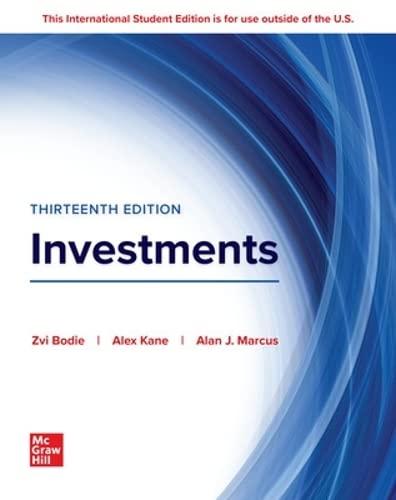Suppose it is January 1, the standard deviation of the funds annual returns is 50%, and the
Question:
Suppose it is January 1, the standard deviation of the fund’s annual returns is 50%, and the risk-free rate is 4%. The fund has an incentive fee of 20% of annual returns, but its current high-water mark is $66, and net asset value is $62.
a. What is the value of the annual incentive fee according to the Black-Scholes formula? (Treat the risk-free rate as a continuously compounded value to maintain consistency with the BlackScholes formula.)
b. What would the annual incentive fee be worth if the fund had no high-water mark and it earned its incentive fee on its total return?
c. What would the annual incentive fee be worth if the fund had no high-water mark and it earned its incentive fee on its return in excess of the risk-free rate?
d. Recalculate the incentive fee value for part
(b) if an increase in fund leverage increases volatility to 60%.
P-68
Step by Step Answer:

ISE Investments
ISBN: 9781266085963
13th International Edition
Authors: Zvi Bodie, Alex Kane, Alan Marcus





